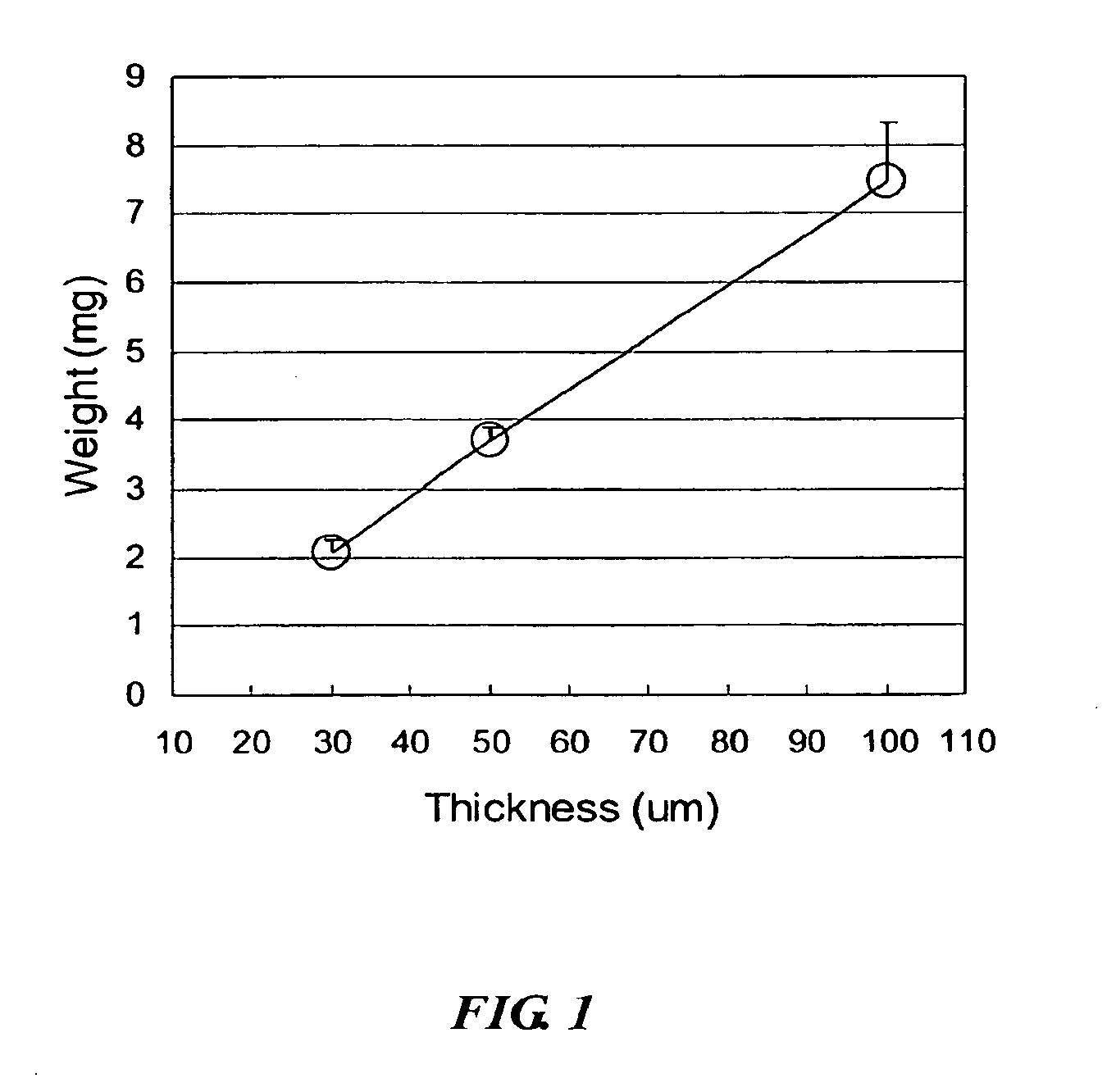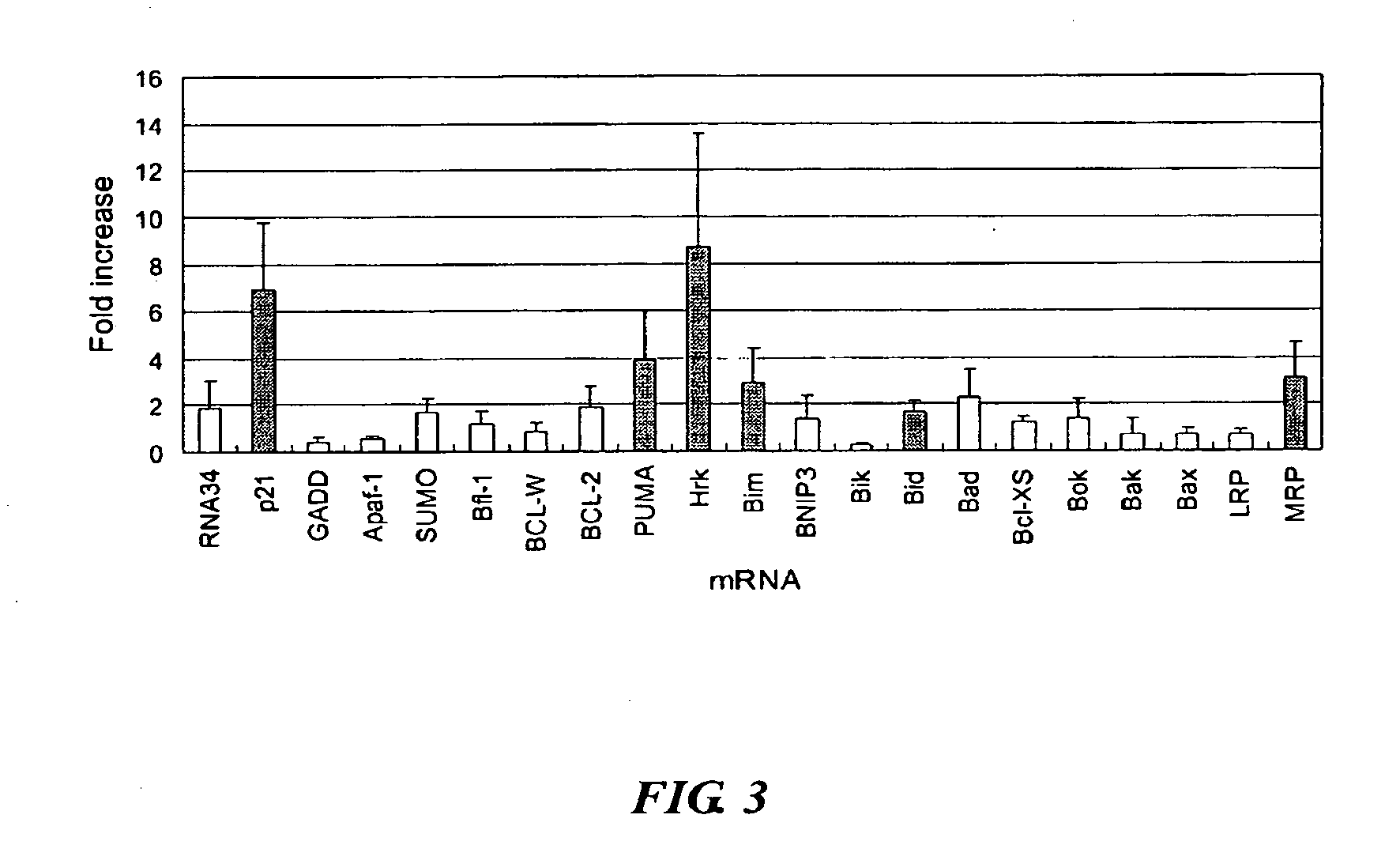Method for testing drug sensitivity in solid tumors by quantifying mRNA expression in thinly-sliced tumor tissue
a tumor tissue and mrna technology, applied in the field of assaying the sensitivity of solid tumor tissue to therapeutic agents, can solve the problems of not being able to apply universally applicable information to all drugs, not knowing whether a second or third yet-to-be identified snp compensates for, counteracts, or aggravates the change in response to drugs, and achieves the effect of not reducing the viability of cells
- Summary
- Abstract
- Description
- Claims
- Application Information
AI Technical Summary
Benefits of technology
Problems solved by technology
Method used
Image
Examples
Embodiment Construction
[0006]In order to overcome problems associated with changes in cancer cells placed in an in vitro environment, the present method exposes thin-sliced live cancer tissues to candidate chemotherapeutic drug regimes in vitro. Tissue sectioners, which are capable of preparing thin slices from live animal brain specimens, have been available in the neuroscience field for decades (see Mayahara H, Fujimoto K, Noda T, Tamura I, Ogawa K. Acta Histochem Cytochem. 14, 211 (1981), incorporated here by reference). However, they have never been used in preparing samples from human solid tumors for use in drug sensitivity assays. Live thin slices are ideal materials for such assays, because cancer specimens can be analyzed without disturbing cell-to-cell contacts. Although cells at both sides of the cut surfaces are killed, intact cell layers are maintained in the middle of the slices. Drugs penetrate into these intact cells, once such slices are suspended in appropriate culture media. Multiple id...
PUM
| Property | Measurement | Unit |
|---|---|---|
| thickness | aaaaa | aaaaa |
| thickness | aaaaa | aaaaa |
| time | aaaaa | aaaaa |
Abstract
Description
Claims
Application Information
 Login to View More
Login to View More - R&D
- Intellectual Property
- Life Sciences
- Materials
- Tech Scout
- Unparalleled Data Quality
- Higher Quality Content
- 60% Fewer Hallucinations
Browse by: Latest US Patents, China's latest patents, Technical Efficacy Thesaurus, Application Domain, Technology Topic, Popular Technical Reports.
© 2025 PatSnap. All rights reserved.Legal|Privacy policy|Modern Slavery Act Transparency Statement|Sitemap|About US| Contact US: help@patsnap.com



